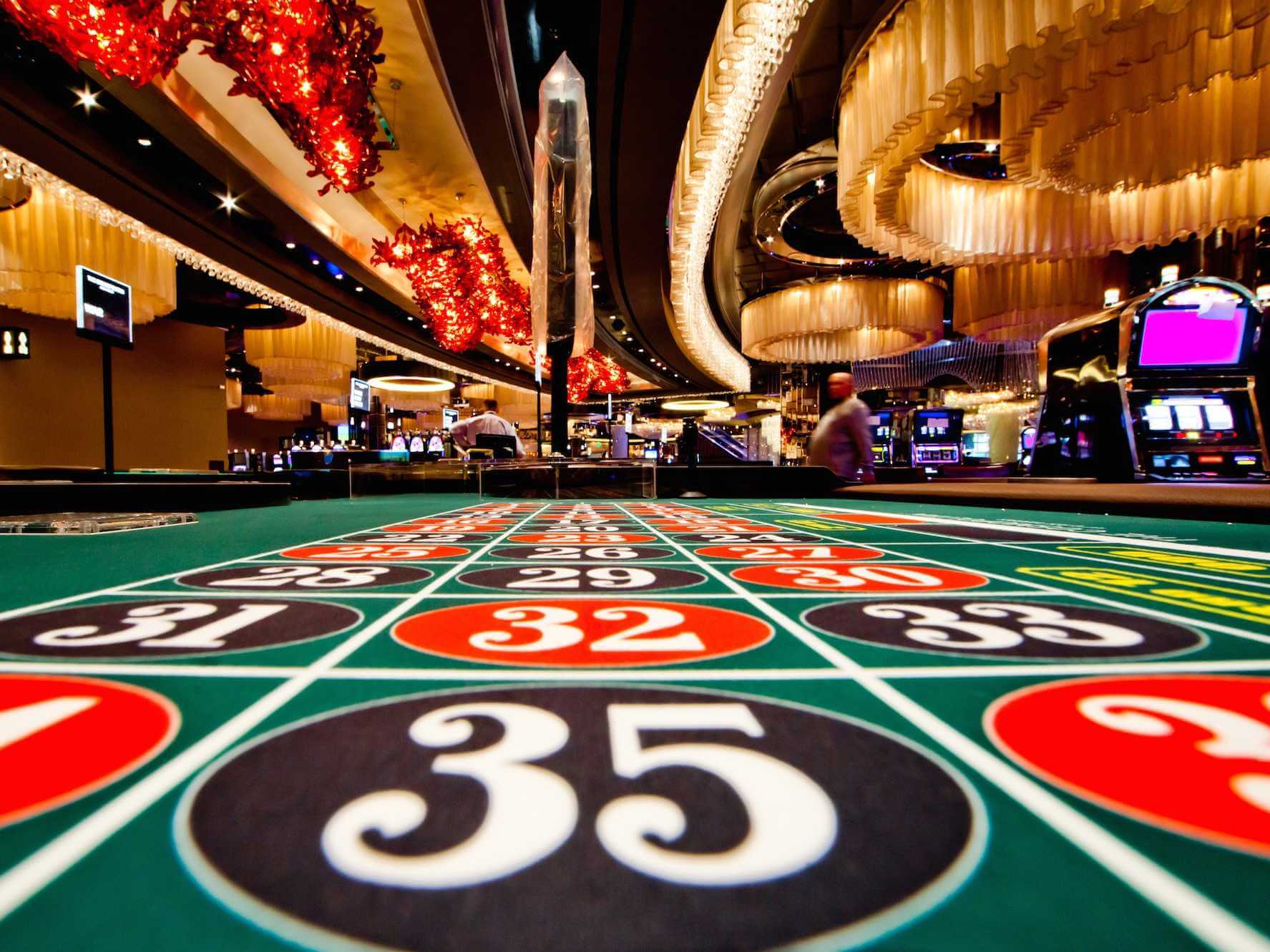The Intriguing Tale of Slot Machines
The tale of gaming machines is a fascinating journey that parallels the development of amusement and gambling throughout the years. From their modest start in the late 19th century to growing into a mainstay in gambling establishments across the globe, these games of chance have gone through remarkable changes. Slot machines have enthralled players with their bright graphics, immersive concepts, and the potential of wealthy prizes.
At first made as mechanical devices with spinning reels and few symbols, slot machines have evolved into cutting-edge digital games that feature innovative features and interactive features. Currently, they attract millions of players, each wanting to win big with just the pull of a lever or the press of a tap. Exploring the fascinating past of these machines reveals not just the narrative of a beloved hobby, but also a reflection of cultural shifts and technological advancements over the years.
One of the Origins of Slot Machines' History
The story of slot machines starts in the late 19th century, a time when mechanical devices were increasingly popular in places of amusement. ww88 A groundbreaking slot machine was invented by Charles Fey in 1895, referred to as the Liberty Bell. This machine featured 3 spinning reels and 5 symbols: hearts, diamonds, spades, a horseshoe, and the famous Liberty Bell. Players would pull a lever to spin the reels, and if the symbols matched in a specific combination, they would win a payout. Fey's invention quickly captured the attention of gamblers and set the foundation for future developments in casino slots games.
As the idea of the slot machine gained popularity, various inventors looked to enhance Fey's design. By the early 1900s, slot machines were becoming a common sight in saloons and amusement parks. In 1907, the first electromechanical slot machine was created by Herbert Mills, featuring a more intricate system of payout mechanisms and the renowned fruit symbols that are still associated with slots today. This evolution marked a significant shift in the gaming industry, as machines became more entertaining and user-friendly, attracting more players.
The popularity of slot machines continued to soar throughout the early 20th century, resulting in their extensive use in casinos across the United States. However, as legal restrictions on gambling during the Great Depression posed challenges for the industry. Many machines were outlawed, but this did not halt innovators. Instead, they adjusted by creating machines that dispensed candy or gum instead of cash prizes, effectively circumventing the restrictions while still offering the thrill of a casino slots game. This ingenuity kept the spirit of gambling alive, setting the stage for the future resurgence of slot machines in modern casinos.
Development of Casino Slot Innovation
The story of slot machines commenced in the late 19th century with the creation of the initial traditional devices. A mechanic named Charles Fey, a West Coast engineer, presented the first slot machine in 1895, which included three rotating reels and five symbols: hearts, diamonds, spade symbols, a lucky horseshoe, and the bell symbol itself. This basic yet enthralling layout laid the basis for the progress of gambling slots, creating an instant appeal for gamblers searching for excitement and a chance to gain.
As technology advanced, so did the design and operations of gambling devices. By the central 20th era, electronic mechanical machines emerged, including electronic elements to enhance gameplay and increase payout opportunities. These advancements allowed for greater complexity features like multiple paylines and bigger jackpots. The gaming establishments welcomed these developments, resulting in the rise of casino slots as a major provider of profits within the gambling sector, fundamentally transforming the experience of playing slots.
The final 20th and beginning 21st hundred years heralded the digital revolution, causing the launch of digital slots. These devices changed out traditional reels with screens, permitting even more creativity in themes and gameplay features. Gamblers could now enjoy rich graphics and sound effects, along with involving bonus rounds. The transition to web-based gaming further transformed the slots experience, rendering slots accessible to a global market anytime and anywhere, thus marking a fresh chapter in the progression of slot machine advancements.

The Social Impact of Gaming Machines
These gaming machines have become more than just a form of leisure; they have integrated into the essence of popular culture. Across movies and TV series to music and literature, these famous gaming machines often act as symbols of luck and risk. Films like The Casino and Ocean's 11 notably feature slots, depicting them as exciting yet uncertain elements of the gambling experience. Their unique attraction lies in the sound of coins falling, the revolving reels, and the bright flashing lights, which together create an exhilarating atmosphere that captures attention.
Moreover, slot machines have shaped social gatherings and events, making them a centerpiece in casinos and gaming venues. Numerous individuals do not just visit a casino to gamble; they attend for the entire experience, which encompasses the social interactions and the lively ambiance surrounding these machines. Special contests and themed gaming nights centered around these games also showcase their popularity, fostering community engagement and collective fun among players. This community aspect has contributed to the machines' lasting popularity.
The advancement of technology has also transformed this cultural impact. Digital and online slots have expanded access to these games far beyond the walls of physical casinos. Players can now get their favorite casino slots game from home or on the go, leading to the rise of virtual forums and discussion boards where enthusiasts exchange strategies and experiences. The ongoing innovation in game design and the integration of storytelling have kept the cultural importance of slot machines alive, attracting younger audiences while maintaining a connection to their cultural roots.
